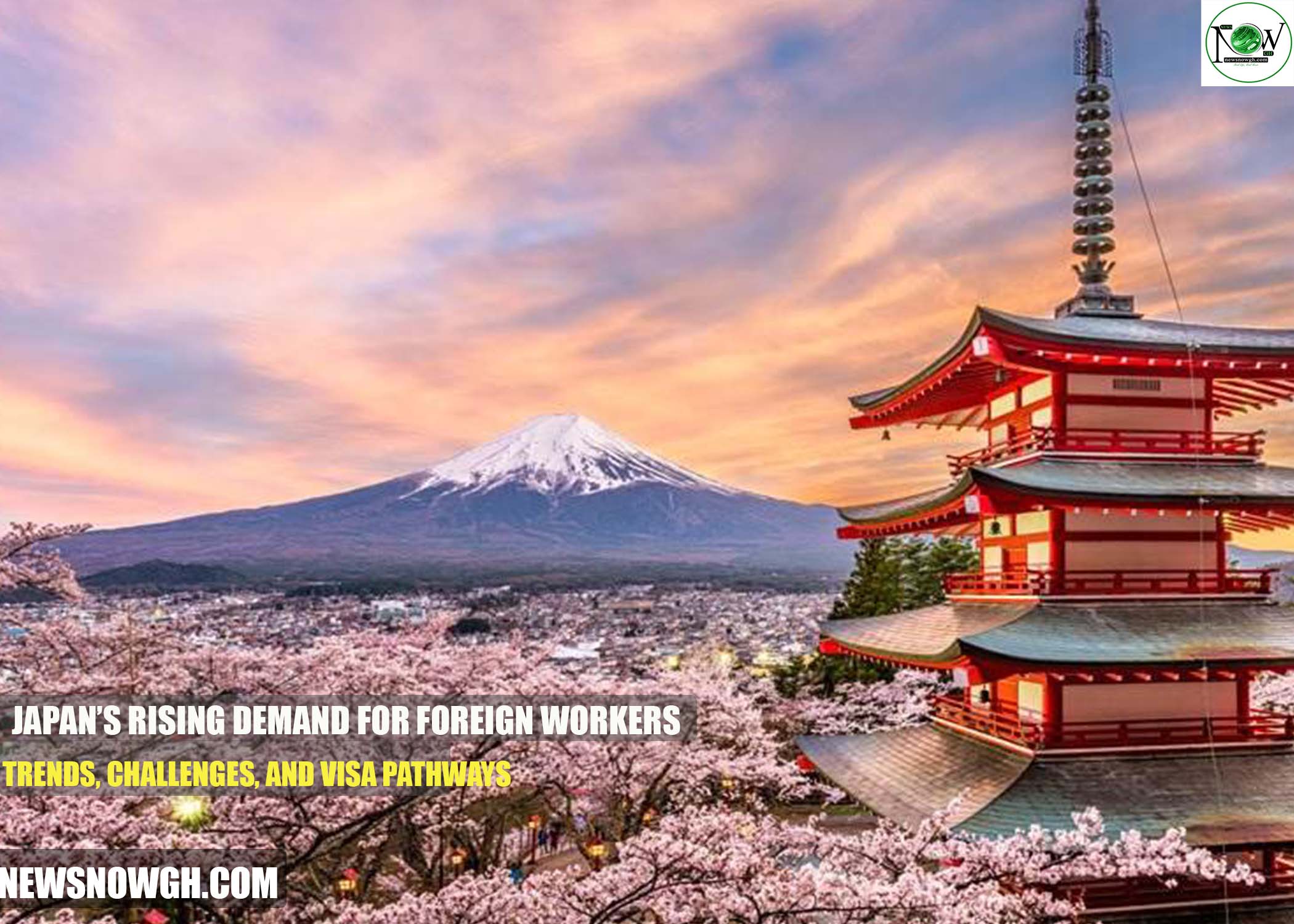Japan’s Rising Demand for Foreign Workers: Trends, Challenges, and Visa Pathways
Japan is experiencing a significant rise in foreign workers, with numbers hitting 2.3 million in 2024. This surge addresses ongoing labor shortages in critical manufacturing, hospitality, and retail sectors. As the landscape evolves, understanding the trends, visa options, and implications for the workforce becomes essential.
Record Growth in Foreign Workers
Recent government data reveals that Japan has seen its largest annual increase in foreign workers since record-keeping began. The country faces a rapidly aging population and persistent labor shortages. Consequently, international workers are increasingly vital across various industries.
As of October 2024, Japan’s foreign workforce reached 2.3 million, up by approximately 254,000 workers from the previous year. This growth marks the highest increase since the nation began tracking these figures in 2008. To illustrate, Japan had only 788,000 foreign workers in 2014. Over the last decade, this number has nearly tripled, reflecting the growing demand for international labor.
The Need for Foreign Workers
Japan ranks as the country with the second-oldest population globally, trailing only Monaco, according to the World Bank. Coupled with a declining birth rate and stringent immigration policies, Japan faces significant labor shortages across various sectors. Foreign workers are stepping in to fill essential roles in industries such as:
- Manufacturing
- Hospitality
- Retail
Visa Pathways for Foreign Workers
For individuals seeking employment in Japan, several visa options are available:
Specified Skilled Worker (SSW) Visa
This visa allows foreigners to work in sectors facing labor shortages, including caregiving, construction, and food services. It has two categories: SSW-1 (renewable but requires a skills test) and SSW-2 (allows long-term residence and family sponsorship).
Highly Skilled Professional Visa
This points-based visa targets highly qualified technology, finance, and research professionals. It offers benefits such as a fast track to permanent residency.
Work Visa for Engineers, Specialists, and Instructors
This visa covers professionals in IT, engineering, and teaching. Applicants must secure a job offer from a Japanese employer.
Technical Intern Training Program
This visa is for foreign interns involved in the TITP. It faces criticism due to strict conditions and the potential for worker exploitation.
Navigating the Visa Process
Securing a Japanese work visa can be intricate. Therefore, it is crucial to:
- Research thoroughly: Familiarize yourself with the specific requirements for your desired visa category.
- Prepare documentation meticulously: Gather necessary documents, including educational qualifications and proof of language proficiency.
- Find a sponsor: Many visas require sponsorship from a Japanese company.
- Consult immigration specialists: Professional advice can streamline the process.
Conclusion
Japan’s increasing dependence on foreign workers highlights an urgent need to tackle labor shortages. As the foreign workforce expands and immigration policies evolve, Japan is adapting to its economic realities. For those considering employment in Japan, understanding visa options and industry demands is vital for a successful transition into the workforce.
Follow us on NewsNowGh.com to stay updated on the latest information regarding work permits, visas, and visa-sponsored employment.


